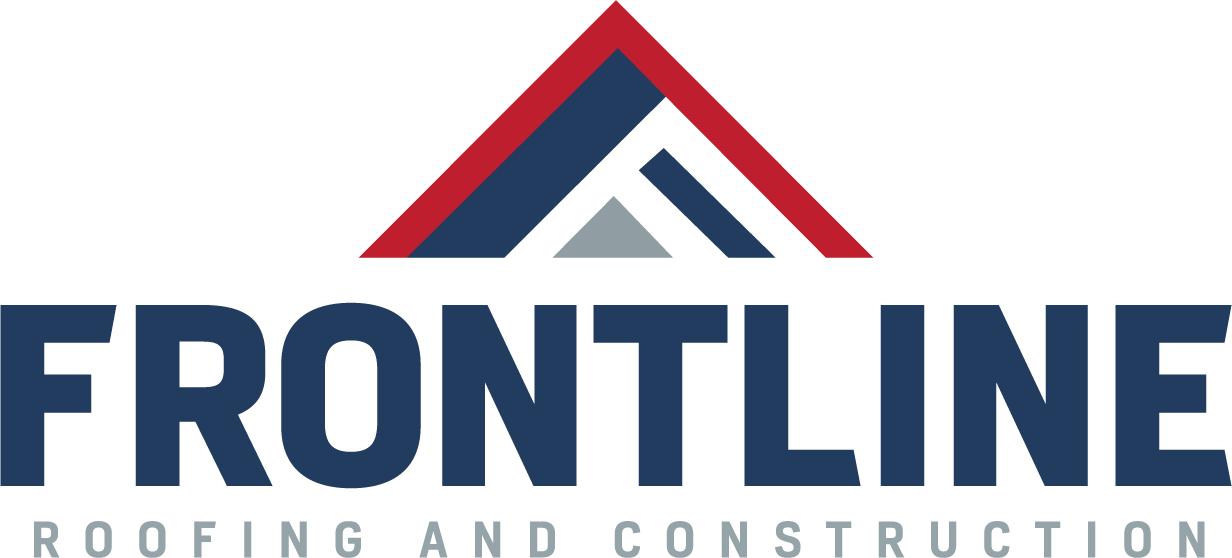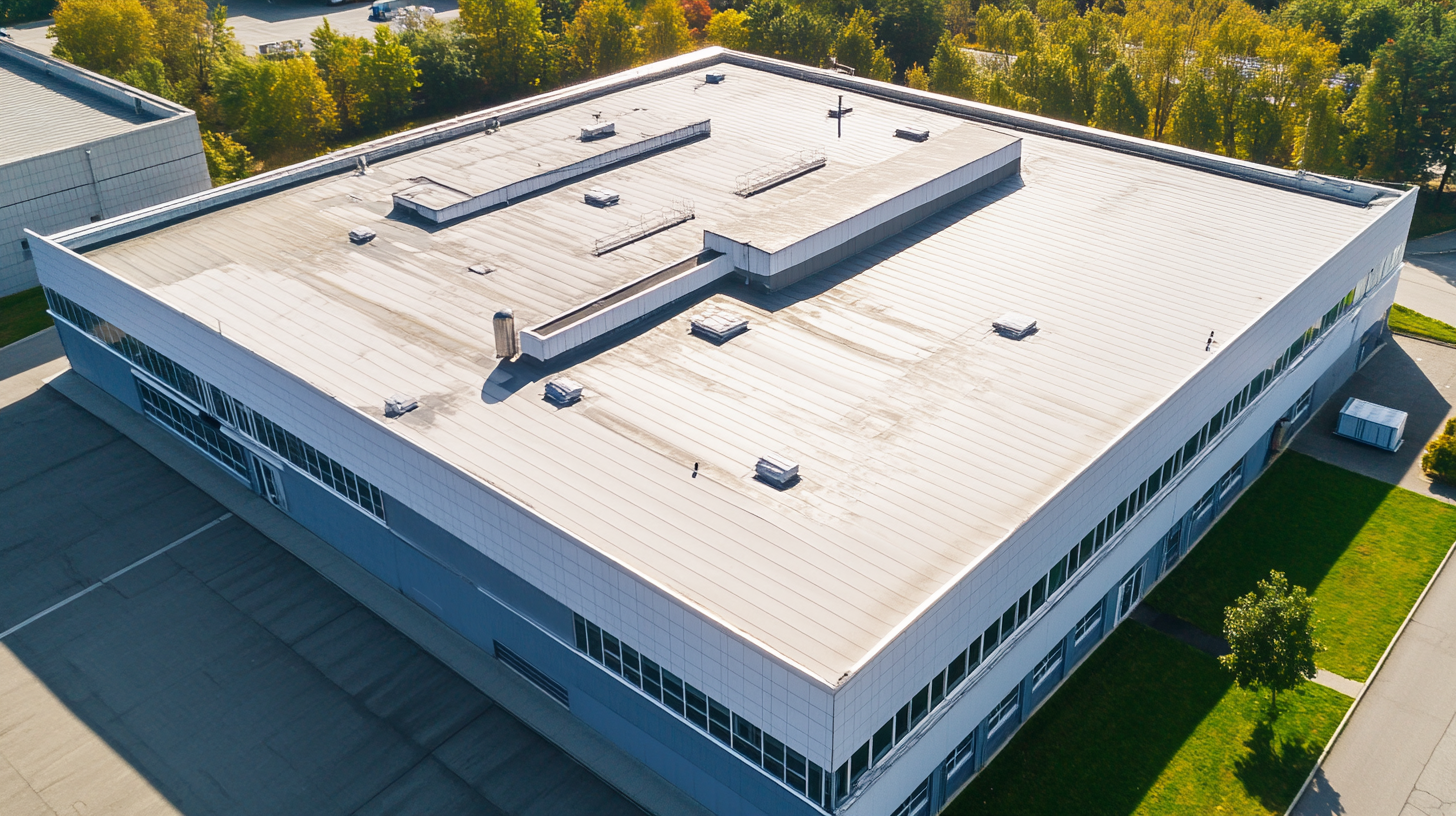How TPO Roofing Meets LEED Certification Standards
In today’s world, sustainability is more than just a buzzword; it’s a necessity. Building owners and architects are increasingly looking for ways to incorporate sustainable practices into their projects. One effective approach is through the selection of roofing materials that contribute to environmental goals. Thermoplastic Olefin (TPO) roofing is a popular choice that aligns well with LEED (Leadership in Energy and Environmental Design) certification standards.
What is TPO Roofing?
TPO roofing is a single-ply roofing membrane made from a blend of polypropylene and ethylene-propylene rubber. It is widely used in commercial buildings due to its durability, energy efficiency, and cost-effectiveness. TPO membranes are typically white or light-colored, which helps reflect the sun’s rays, reducing the heat absorbed by the building.
Benefits of TPO Roofing
TPO roofing offers several benefits that make it an attractive option for sustainable building projects:
Energy Efficiency: TPO's reflective surface decreases the amount of heat absorbed by the building, which can significantly reduce cooling costs.
Durability: TPO membranes are resistant to tears, punctures, and impact damage, providing long-lasting protection.
Cost-Effectiveness: Compared to other roofing materials, TPO is relatively inexpensive to install and maintain.
Environmentally Friendly: TPO roofing is 100% recyclable, reducing the amount of waste that ends up in landfills.
Understanding LEED Certification
LEED certification is a globally recognized symbol of sustainability achievement and leadership. It provides a framework for healthy, efficient, and cost-saving green buildings. LEED certification involves several key areas, including:
Sustainable Sites: Encouraging strategies that minimize the impact on ecosystems and water resources.
Water Efficiency: Promoting smarter use of water, both inside and outside a building.
Energy & Atmosphere: Optimizing energy performance and promoting renewable energy.
Materials & Resources: Encouraging the selection of sustainable and recycled materials.
Indoor Environmental Quality: Enhancing indoor air quality and access to natural daylight.
How TPO Roofing Contributes to LEED Certification
TPO roofing systems can contribute to LEED certification in several ways, making them a popular choice for environmentally-conscious construction projects.
Energy Efficiency Credits
TPO roofing's reflective properties can significantly reduce the energy needed for cooling a building. This energy efficiency can contribute towards LEED credits under the "Energy & Atmosphere" category. By minimizing the heat island effect, TPO roofs help decrease energy consumption and improve the building's overall energy performance.
Sustainable Materials and Resources
TPO roofing is manufactured using environmentally friendly processes and materials. The membranes are fully recyclable, which can contribute to LEED credits in the "Materials & Resources" category. Using recyclable materials reduces the environmental impact of the building and supports a circular economy.
Reduced Heat Island Effect
The light color of TPO roofs reflects sunlight, reducing the heat island effect in urban areas. This not only helps lower ambient temperatures but also reduces the demand for energy, aiding in LEED certification under the "Sustainable Sites" category.
Indoor Environmental Quality
While TPO roofing primarily impacts the exterior of a building, its reflective properties can indirectly enhance indoor environmental quality. By reducing the amount of heat entering a building, TPO roofing helps maintain a comfortable indoor temperature, reducing the need for air conditioning and lowering energy use.
Conclusion
TPO roofing is an excellent option for projects aiming for LEED certification and sustainable building practices. Its energy efficiency, durability, and cost-effectiveness make it an attractive choice for architects and builders. By selecting TPO roofing, you can contribute to a healthier environment, reduce energy costs, and achieve sustainability goals.
As the demand for sustainable construction continues to grow, TPO roofing stands out as a reliable and eco-friendly solution. Whether you are constructing a new building or retrofitting an existing one, TPO roofing can help you meet your LEED certification standards and make a positive impact on the environment.
Contact Frontline Roofing & Construction
Are you ready to make a sustainable choice for your roofing needs? Contact Frontline Roofing & Construction today to learn more about how TPO roofing can help you achieve LEED certification and enhance your building's energy efficiency. Our team of experts is here to guide you through the process and provide you with the best solutions for your project. Don't wait—take the first step towards a greener future!


